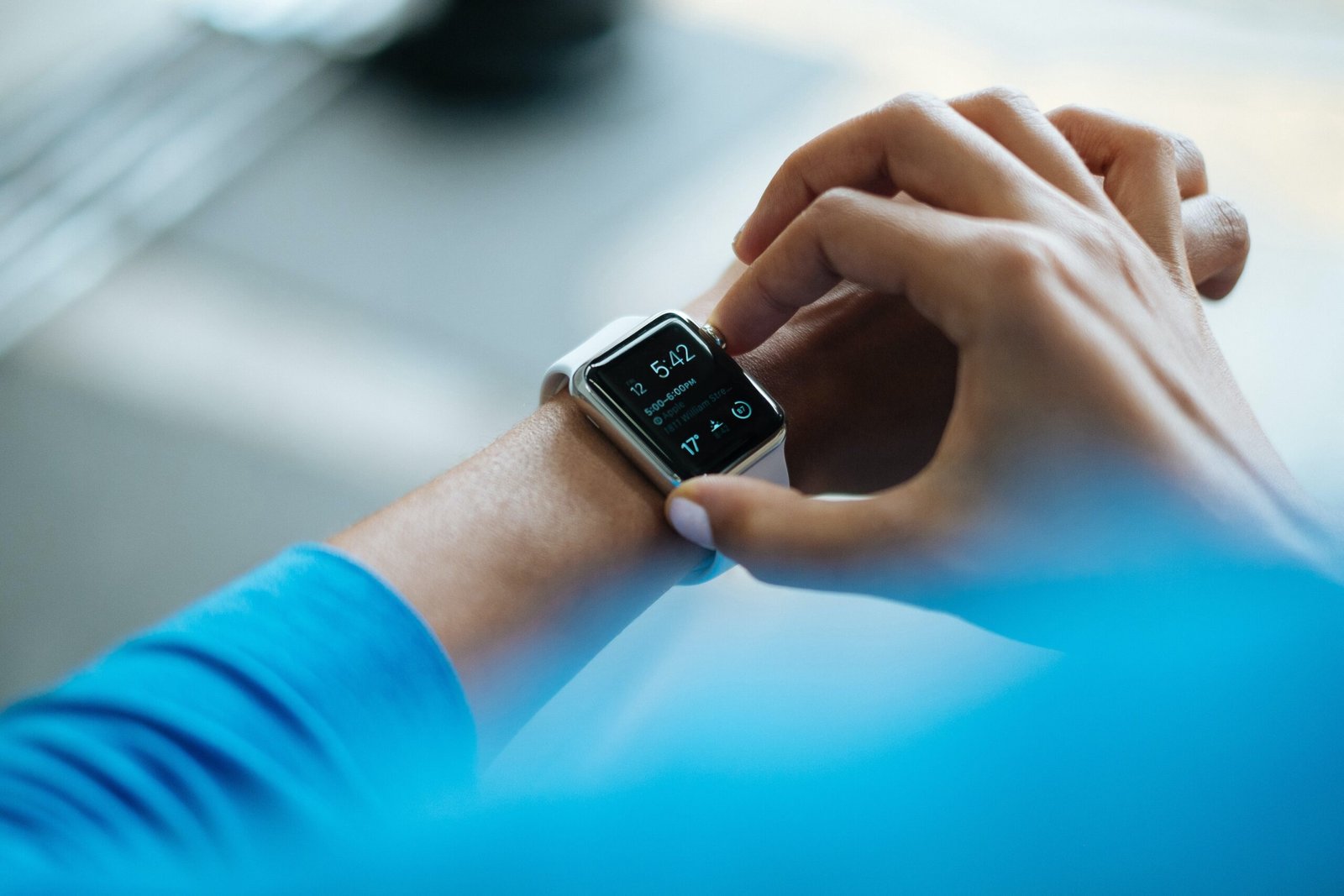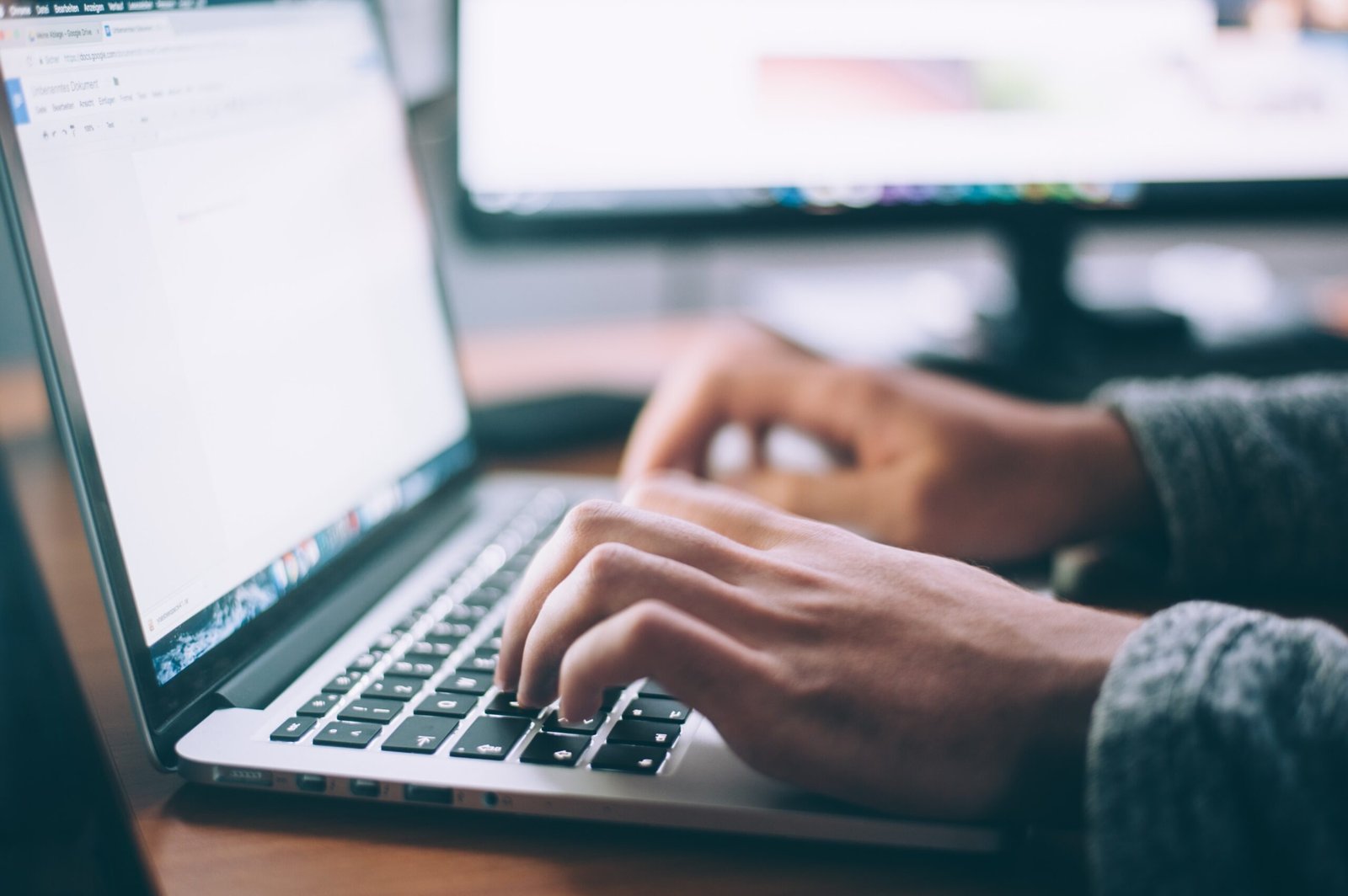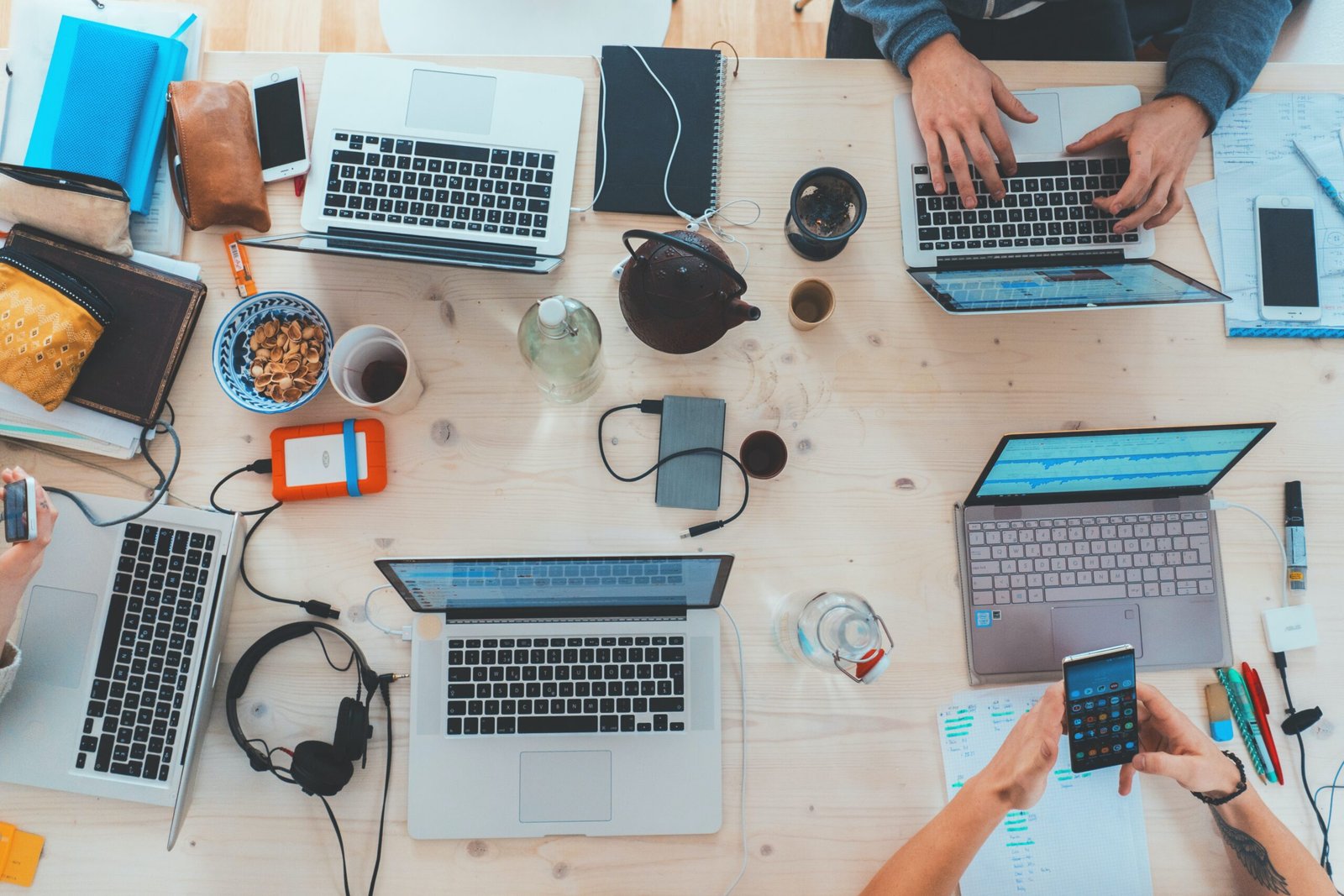Have you ever wondered how AI is shaping the creative industries? From art and design to music and film, the impact of artificial intelligence is undeniable. As AI continues to revolutionize the way we live and work, it is also transforming the very fabric of creativity. In this article, we will explore the various ways in which AI is influencing and shaping the creative industries, from generating innovative ideas to enhancing artistic expressions. Get ready to discover the profound impact of AI on the world of creativity.
Automation of Repetitive Tasks
Streamlining Workflow Efficiency
In the creative industries, there are often repetitive tasks that can be time-consuming and monotonous. However, with the advent of Artificial Intelligence (AI), these tasks can now be automated, allowing you to focus on more strategic and creative work. AI-powered tools and software can handle mundane tasks such as data entry, file organization, and even basic design elements. By automating these repetitive tasks, you can streamline your workflow, increase productivity, and ultimately save valuable time and effort.
Eliminating Human Errors
Another benefit of automating repetitive tasks in the creative industries is the reduction of human errors. Humans are prone to making mistakes, which can be both time-consuming and costly to rectify. However, AI algorithms are designed to perform tasks with a high level of accuracy, minimizing the chances of errors. This not only ensures the quality of your work but also enhances your professional reputation.
Faster Turnaround Time
By leveraging AI to automate repetitive tasks, you can significantly reduce turnaround time. For example, AI-powered content creation tools can generate articles or social media posts based on a set of input parameters, eliminating the need for manual writing. Similarly, AI algorithms can assist in automating video editing and graphic design, allowing you to create polished content in a fraction of the time it would take manually. This increased efficiency enables you to meet tight deadlines and deliver projects to clients or stakeholders more quickly.
Enhanced Data Analysis and Insights
Data-driven Decision Making
AI is revolutionizing data analysis in the creative industries. With advanced machine learning algorithms, it is now possible to process and analyze vast amounts of data in a matter of seconds. This empowers you to make informed decisions based on accurate and real-time insights. Whether it’s analyzing consumer behavior, tracking social media sentiments, or identifying emerging trends, AI can sift through large datasets quickly and provide valuable insights that can drive your creative strategies.
Predictive Analytics
Beyond just analyzing historical data, AI also enables predictive analytics, allowing you to anticipate future trends and consumer preferences. By leveraging machine learning algorithms, you can identify patterns and correlations in large datasets that humans might miss. These predictive insights can inform your creative direction, allowing you to stay ahead of the competition and cater to evolving consumer demands. Whether it’s predicting the success of a marketing campaign or identifying potential design trends, AI-powered predictive analytics can help you make more accurate and impactful decisions.
Personalized Marketing Strategies
AI can also enhance your ability to create personalized marketing strategies. By analyzing customer data and behavior, AI algorithms can identify individual preferences and tailor marketing campaigns accordingly. Whether it’s personalized email recommendations, targeted social media advertisements, or customized website experiences, AI can help you deliver personalized content that resonates with your audience. This level of personalization can significantly enhance engagement and conversion rates, driving the success of your creative projects.

This image is property of images.unsplash.com.
Streamlined Content Curation
Automated Content Filtering
With the vast amount of content available online, curating relevant and engaging content can be a daunting task. However, AI-powered tools and algorithms can streamline the process of content curation. By automatically filtering and categorizing content based on predefined criteria, AI can help you find the most valuable and relevant articles, images, or videos for your projects. This not only saves time but also ensures that the content you curate aligns with your creative vision and goals.
Content Recommendation Systems
In addition to automating content filtering, AI can also facilitate content recommendations. By leveraging machine learning algorithms, AI can analyze user behavior, preferences, and past interactions to suggest relevant content to your audience. This can be particularly valuable in creative industries such as music or film, where personalized recommendations can enhance the user experience and drive engagement. By harnessing the power of AI-driven content recommendation systems, you can provide your audience with a curated and seamless content discovery experience.
Improved Predictive Analytics
Enhanced Forecasting and Planning
AI-powered predictive analytics has the potential to revolutionize forecasting and planning in the creative industries. By analyzing historical data and market trends, AI algorithms can generate accurate predictions and forecasts for various aspects of your creative projects. Whether it’s predicting the demand for a new product, estimating sales figures, or forecasting resource requirements, AI can provide valuable insights that can guide your planning process. This allows you to make more informed decisions, reduce risks, and optimize your creative endeavors.
Content Performance Analysis
AI can also assist in analyzing the performance of your creative content. By tracking metrics such as engagement rates, conversion rates, and audience feedback, AI algorithms can provide detailed insights into the success and impact of your creative campaigns. This information is crucial for evaluating the effectiveness of your strategies, identifying areas for improvement, and refining your creative processes. With AI-powered content performance analysis, you can make data-driven decisions and continuously optimize your creative outputs for maximum impact.

This image is property of images.unsplash.com.
Creative Collaboration and Co-Creation
AI-assisted Collaboration
AI tools are increasingly being used to enhance collaboration in the creative industries. With features like real-time document editing, version control, and project management, AI-powered collaboration platforms facilitate seamless communication and teamwork. These platforms can also suggest relevant collaborators based on skill sets and project requirements, enabling you to form effective creative teams. By leveraging AI for collaboration, you can enhance productivity, foster creativity, and create a more streamlined and efficient creative process.
AI-generated Content
AI is also being used to co-create and generate content in collaboration with human creators. For example, AI algorithms can generate music compositions, visual art, or even movie scripts based on predefined parameters and styles. This collaboration between humans and AI not only expands creative possibilities but also transforms the creative process itself. It opens new avenues for experimentation and innovation, pushing the boundaries of what is possible in the creative industries.
Personalized User Experiences
Customized Websites and Apps
AI enables the creation of personalized user experiences by tailoring websites and applications to individual preferences and needs. By analyzing user behavior, AI algorithms can dynamically adjust website layouts, recommend relevant content, and personalize interactions. This level of customization enhances user engagement, improves user satisfaction, and ultimately drives conversions. By leveraging AI to create personalized user experiences, you can differentiate yourself in a highly competitive market and provide seamless experiences across all touchpoints.
Chatbots and Virtual Assistants
AI-powered chatbots and virtual assistants have become increasingly prevalent in providing personalized user experiences. These AI-driven conversational interfaces can interact with users, answer questions, and provide relevant information in real-time. By leveraging natural language processing and machine learning, chatbots and virtual assistants can simulate human-like conversations and provide personalized recommendations. Whether it’s a customer support chatbot or a virtual shopping assistant, AI-powered chatbots enable efficient and personalized user interactions, enhancing the overall user experience.

This image is property of images.unsplash.com.
New Revenue Streams and Business Models
AI-powered Products and Services
AI opens up new possibilities for revenue generation and business models in the creative industries. By leveraging AI technologies, you can develop innovative products and services that cater to emerging market demands. For example, AI-powered voice assistants, virtual reality experiences, or personalized digital art platforms can all provide unique value propositions and revenue streams. By embracing AI-powered solutions, you can position yourself as a technology pioneer, attract new customers, and diversify your sources of income.
Data Monetization and Analytics Services
AI also enables the monetization of data and the provision of analytics services. By leveraging AI algorithms to analyze data, you can extract valuable insights and offer data-driven solutions to clients or stakeholders. Whether it’s providing market research reports, developing predictive analytics models, or offering data visualization services, there is a growing demand for AI-powered analytics solutions in the creative industries. By capitalizing on this demand, you can create new revenue streams and establish yourself as an industry expert in data-driven decision-making.
Ethical Considerations
Bias and Fairness
One of the key ethical considerations when it comes to AI in the creative industries is bias and fairness. AI algorithms are only as unbiased as the data they are trained on. If the training data contains biases or reflects societal prejudices, the AI-generated outputs may perpetuate those biases. It is crucial to regularly evaluate and address any potential biases in AI algorithms to ensure fairness and inclusivity in the creative process.
Transparency and Explainability
Another ethical consideration is the need for transparency and explainability in AI systems. As AI algorithms become more complex, it can be challenging to understand how they arrive at their decisions or recommendations. This lack of transparency can raise concerns about accountability and trust. To address these concerns, it is important to adopt AI systems that can provide clear explanations of their decision-making processes, enabling human creators to validate and understand the outputs.
Human Oversight and Responsibility
While AI can automate repetitive tasks and generate creative content, it is crucial to acknowledge the importance of human oversight and responsibility. AI should be seen as a tool that enhances human creativity, rather than replacing it entirely. Human creators should have the final say in decision-making, ensuring that AI-generated outputs align with their creative vision and values. It is essential to strike a balance between the capabilities of AI and human judgment, ensuring that creativity and ethical considerations are upheld.
Impact on Job Market and Skills
Redefining Job Roles
The comprehensive integration of AI into the creative industries is bound to redefine job roles and responsibilities. While AI can automate repetitive tasks, it is also creating new roles that require expertise in AI technologies. Jobs such as AI data analysts, AI system trainers, or AI project managers are emerging as the demand for AI expertise grows. At the same time, traditional roles might evolve to incorporate AI-related skills. For example, content creators may need to develop a basic understanding of AI to effectively collaborate with AI tools and algorithms.
Upskilling and Reskilling
As AI becomes more prevalent, upskilling and reskilling become imperative for creative industry professionals. Embracing AI technologies and acquiring relevant skills can help future-proof your career and open up new opportunities in the industry. This might involve learning AI programming languages, understanding data analytics, or developing a nuanced understanding of AI’s impact on the creative process. Continuous learning and adapting to evolving technologies will ensure that you stay competitive in the job market and are well-equipped to navigate the AI-driven creative landscape.
Opportunities for Innovation
Augmented Creativity
AI presents exciting opportunities for augmenting and enhancing human creativity. By leveraging AI tools and algorithms, you can expand your creative possibilities, experiment with new ideas, and push the boundaries of traditional artistic disciplines. For musicians, AI can generate unique melodic patterns or suggest new chord progressions. Visual artists can collaborate with AI to create captivating and unconventional art forms. By embracing AI as a creative partner, you can unlock innovative approaches that were previously unimaginable.
Hybrid Creations
AI also enables the creation of hybrid art forms that merge human creativity with machine-generated elements. For example, composers can blend AI-generated music with live performances, creating immersive and evocative experiences. Filmmakers can use AI to enhance visual effects or generate realistic virtual environments, blurring the line between reality and fiction. These hybrid creations challenge traditional notions of authorship and creativity, opening up new avenues for artistic expression and audience engagement.
Democratization of Creativity
AI has the potential to democratize creativity by making creative tools and resources more accessible and affordable. For example, AI-powered design software eliminates the need for expensive design tools and extensive technical skills. AI-generated music compositions can provide aspiring musicians with a starting point for their creative endeavors. By lowering these barriers to entry, AI empowers individuals from all backgrounds to engage in creativity and express themselves through various artistic mediums. This democratization of creativity fosters diversity and inclusivity in the creative industries.
In conclusion, AI is revolutionizing the creative industries in numerous ways. From automating repetitive tasks and enhancing data analysis to streamlining content curation and enabling co-creation, AI presents unprecedented opportunities for innovation and enhanced user experiences. However, ethical considerations, the impact on the job market, and the need for upskilling and reskilling should also be taken into account. By embracing AI as a creative tool and striking a balance between AI and human creativity, the creative industries can unlock new realms of possibility and shape the future of the artistic landscape.
